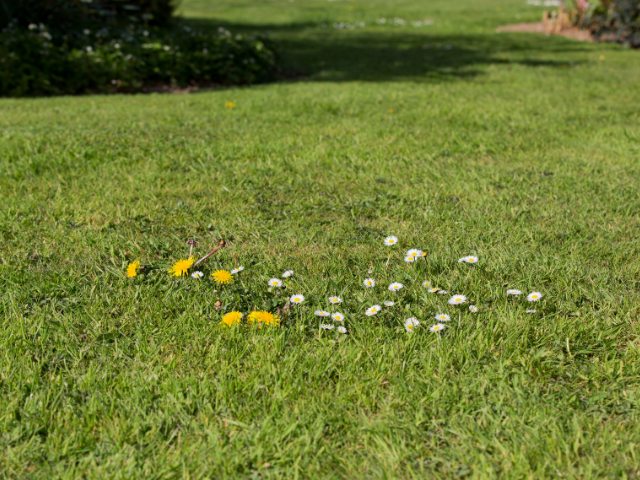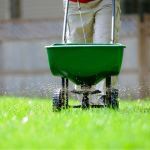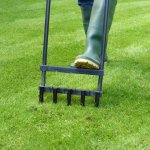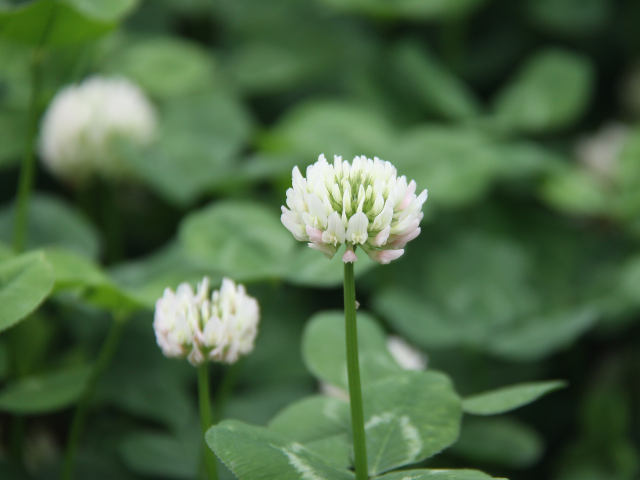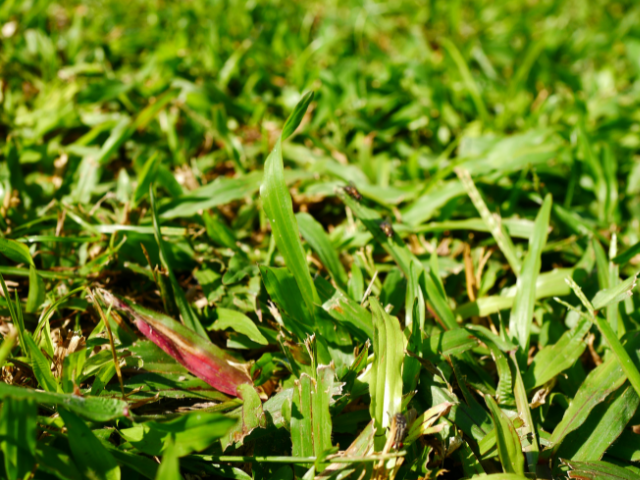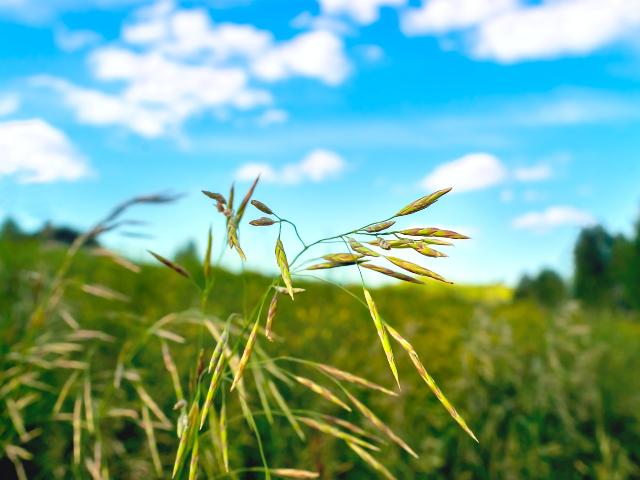There are many different types of lawn weeds, but they all have one thing in common: they’re unwanted plants. Weeds can be annual or perennial, meaning they come back year after year. Some weeds are easy to control, while others are more difficult. But with a little knowledge and effort, you can keep your garden looking its best.
What Is a Lawn Weed?
Lawn weeds are any plant that is growing where you don’t want it to. They can be annual, biennial, or perennial plants. Weeds compete with your lawn grasses for water, light, and nutrients in the soil. Some lawn weeds can also harbor diseases or pests that can damage your turf.
Types of Lawn Weeds
There are two main types of lawn weeds: broadleaf and grassy. Broadleaf weeds have wide leaves, while grassy weeds have narrow leaves. Some common examples of broadleaf weeds include dandelions, clover, and plantain. Common grassy weeds include crabgrass, johnsongrass, and quackgrass.
11 Common Types of Lawn Weeds
Dandelions (Taraxacum officinale)
Dandelions are one of the most common lawn weeds. They have a deep taproot that allows them to easily take over your lawn. Dandelions also spread quickly, producing up to 5,000 seeds per plant. To get rid of dandelions, you’ll need to dig up the entire plant, root and all.
To control Dandelions :
- Use a post-emergent herbicide in early spring or fall.
- Handpick and remove from the lawn.
- Dig up the entire plant, root and all.
Clover (Trifolium)
Clover is a broadleaf weed that commonly invades lawns. It has low-growing leaves that are divided into three leaflets. Clover can also produce white, pink, or red flowers. This weed is often found in poorly maintained turf areas.
- Mow your lawn regularly to prevent this weed from taking over.
- Hand-pull small patches of clover before they have a chance to spread.
- Apply a herbicide that contains 2, 4-D to kill clover and other broadleaf weeds on your lawn.
Plantain
Plantain is a broadleaf weed that is commonly found in lawns, gardens, and other areas with disturbed soils. It is a low-growing plant with large, oval-shaped leaves that are dark green in color. The flowers of plantain are small and white, and they grow in clusters. This weed is easily recognizable by its long, thick root system.
To control Plantain:
- Pull the weed by hand, making sure to get as much of the root system as possible
- Use a hoe or other gardening tool to cut the weed down at the base
- Apply a herbicide that is labeled for use on broadleaf weeds
Violets (Viola spp.)
Violets are among the most common and widespread of all weeds. There are many different species of violet, but they all share a few key characteristics. Violets have heart-shaped leaves and small, five-petaled flowers that can be white, yellow, purple, or blue. Violets typically grow in shady, moist areas and can be difficult to control once they become established.
To control Violets:
- Hand pulls small patches before they have a chance to spread.
- Cover bare ground with mulch or groundcover plants to prevent violets from taking root.
- Spot treats larger patches with an herbicide that contains the active ingredient triclopyr.
Crabgrass (Digitaria)
Crabgrass is a common weed that can be found in gardens and lawns. It is an annual grass that germinates in the spring. Crabgrass grows rapidly and produces seed heads that mature in late summer. The seeds of crabgrass are dispersed by wind and animals.
- Mow your lawn regularly to prevent the weed from going to seed.
- Apply a pre-emergent herbicide in the spring to prevent crabgrass seeds from germinating.
- Spot treats crabgrass plants with an herbicide that contains glyphosate.
Purslane (Portulaca oleracea)
Purslane is a low-growing, succulent plant that often forms dense mats. It has smooth, fleshy leaves and small yellow flowers. Purslane grows in gardens, fields, and waste areas.
To control Purslane:
- Hand-pull young plants before they flower and set seed.
- Mulch garden beds to prevent seeds from germinating.
- Apply an herbicide containing glyphosate to larger plants.
Lambsquarters (Chenopodium album)
Even though lambsquarters is considered a weed by many gardeners, it is actually a very nutritious plant. Lambsquarters are related to spinach and beets and are high in vitamins A and C, iron, and calcium. The young leaves can be eaten raw in salads or cooked like spinach.
To control Lambsquarters:
- Hand pulls young plants before they go to seed.
- Mulch heavily to prevent seeds from germinating.
- Pull larger plants and destroy them.
Pigweed (Amaranthus spp.)
Pigweed is a common weed that can be found in gardens and lawns. There are many different types of pigweed, but the most common type is the red-leafed pigweed (Amaranthus retroflexus). Pigweed grows best in warm, sunny locations and prefers loose, moist soil. Pigweed can be a problem in gardens because it can compete with other plants for nutrients and water. Pigweed is also known to harbor diseases and pests that can infect other plants.
To control pigweed:
- Pull up small plants before they flower and spread seed.
- Mulch heavily to prevent seeds from germinating.
- Hand-weed around desirable plants.
- Use an herbicide containing glyphosate.
Chickweed (Stellaria media)
Chickweed is a small, delicate annual that germinates in late summer or early fall. The plant has a shallow root system and grows close to the ground, often forming a dense mat. Chickweed reproduces by seed and can produce up to 15,000 seeds per plant.
To control chickweed:
- Hand-pulling is the best method to control this weed in small areas.
- For larger areas, use a hoe to chop the weed down before it goes to seed.
- Mulching with organic material, such as straw, can also help prevent chickweed from germinating.
Shepherd’s Purse
It’s a member of the mustard family and is characterized by its small white flowers and triangular seed pods. It’s an annual plant, which means it grows, blooms, and sets seeds in a single year.
To control Shepherd’s Purse:
- Hand-pulling is effective for small patches
- Mulching with black plastic or landscape fabric can help prevent it from germinating
- Apply a pre-emergent herbicide in early spring to prevent it from growing
Common Mallow
This weed is easily identified by its large, lobed leaves and purple or white flowers. It grows up to 1.5 m in height and is often found in gardens, waste areas, and along roadsides. Common mallow is a deep-rooted weed that can be difficult to control.
To control Common Mallow:
- Pull by hand, making sure to remove the entire root system.
- Use a hoe or trowel to carefully dig up small patches of common mallow.
- Apply a herbicide, such as a glyphosate, to the leaves of the plant.
FAQs About Common Lawn Weeds
What are the most difficult weeds to control?
The most difficult weeds to control are those that are deep-rooted or have a large root system. Common mallow is one of the most difficult weeds to control because it has a deep root system that can be difficult to remove.
What are some of the best methods for controlling weeds?
There are a variety of methods that can be used for controlling weeds, including physical, chemical, and cultural methods.
- Physical methods involve removing the weed from the area where it is growing. This can be done by hand-pulling, tilling, or using a mechanical device such as a weed whacker.
- Chemical methods involve applying herbicides to the area where the weed is growing. The type of herbicide that is used will depend on the type of weed that is being controlled.
- Cultural methods involve changing the conditions where the weed is growing in order to make it less conducive for growth. This can be done by altering the amount of sunlight, moisture, or nutrients that are available to the weed.
What are the worst lawn weeds?
Chickweed, dandelion, ground ivy, plantain, and spurge are among the most common garden weeds in North America. They can be a nuisance in flower beds, vegetable gardens, and lawns. Each weed is unique in its appearance and growth habits, but all of them compete with desirable plants for water, nutrients, and space.
How do weeds grow?
Weeds are often distinguished from other plants by their rapid growth rate, their ability to spread quickly, and their ability to thrive in adverse conditions.
Can weed have flowers?
Yes, many common weeds have flowers. In fact, many of the most common weeds are flowering plants. Examples of weedy flowering plants include dandelions, clover, and chickweed.
